Birds are fascinating creatures, captivating our attention with their vibrant colors, graceful movements, and melodious songs. As a photographer, capturing their beauty through stunning avian portraits can be a rewarding and challenging endeavor. Birds are found in almost every location and environment around the world. As such they are a readily available subject for wildlife photographers no matter where you are. Whether you are an amateur or a seasoned professional, here are some tips and tricks to help you create breathtaking bird photographs.
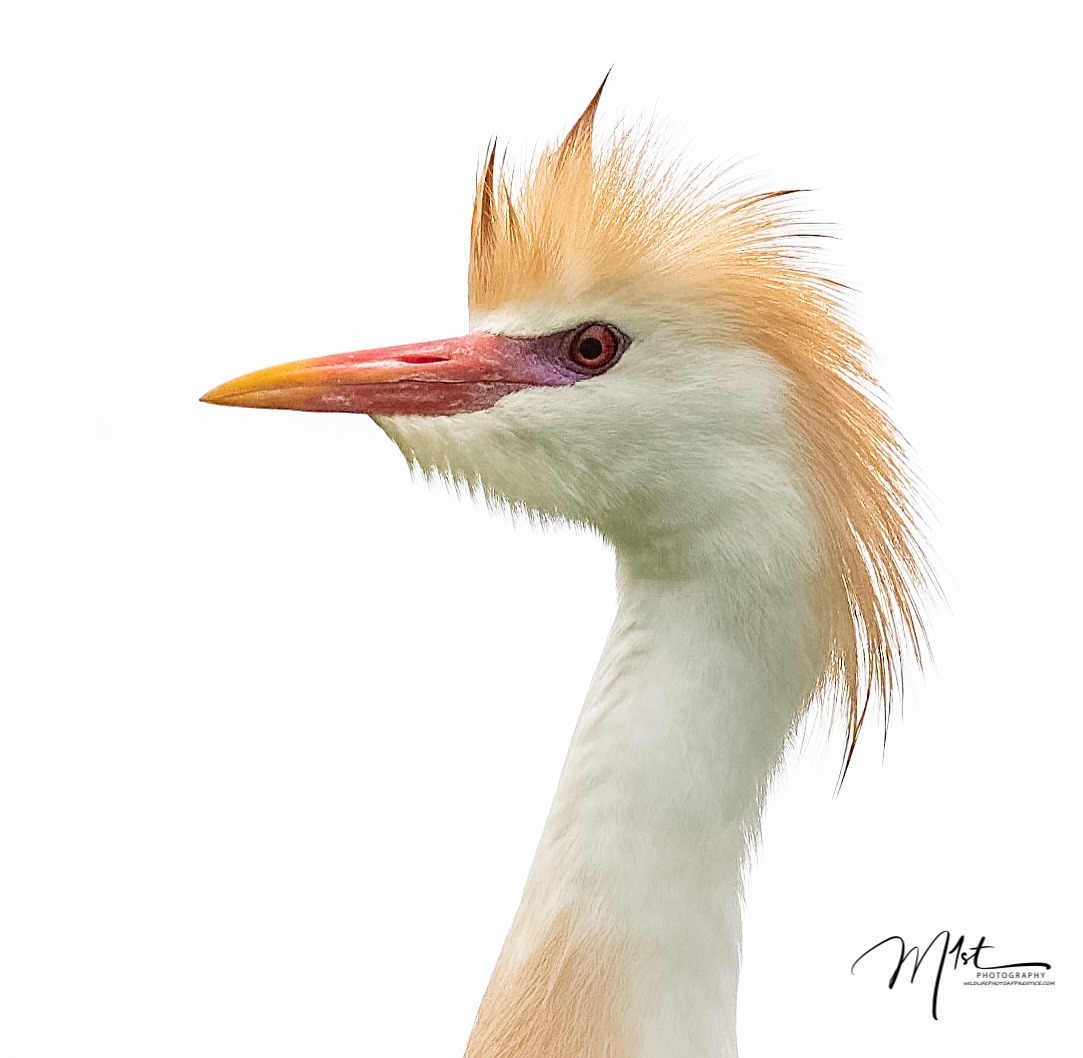
Before we can photograph them, we have to find them. Birds can be found in various habitats such as forests, wetlands, coastlines, or even in your backyard. Research the best locations for bird watching and photography in your area. Bird sanctuaries, nature reserves, and parks are often excellent choices. Visit these places during different seasons to capture the unique behavior and plumage changes that occur throughout the year. Consider that many birds are migratory and the number and variety of birds present at a given location will vary greatly with the seasons.
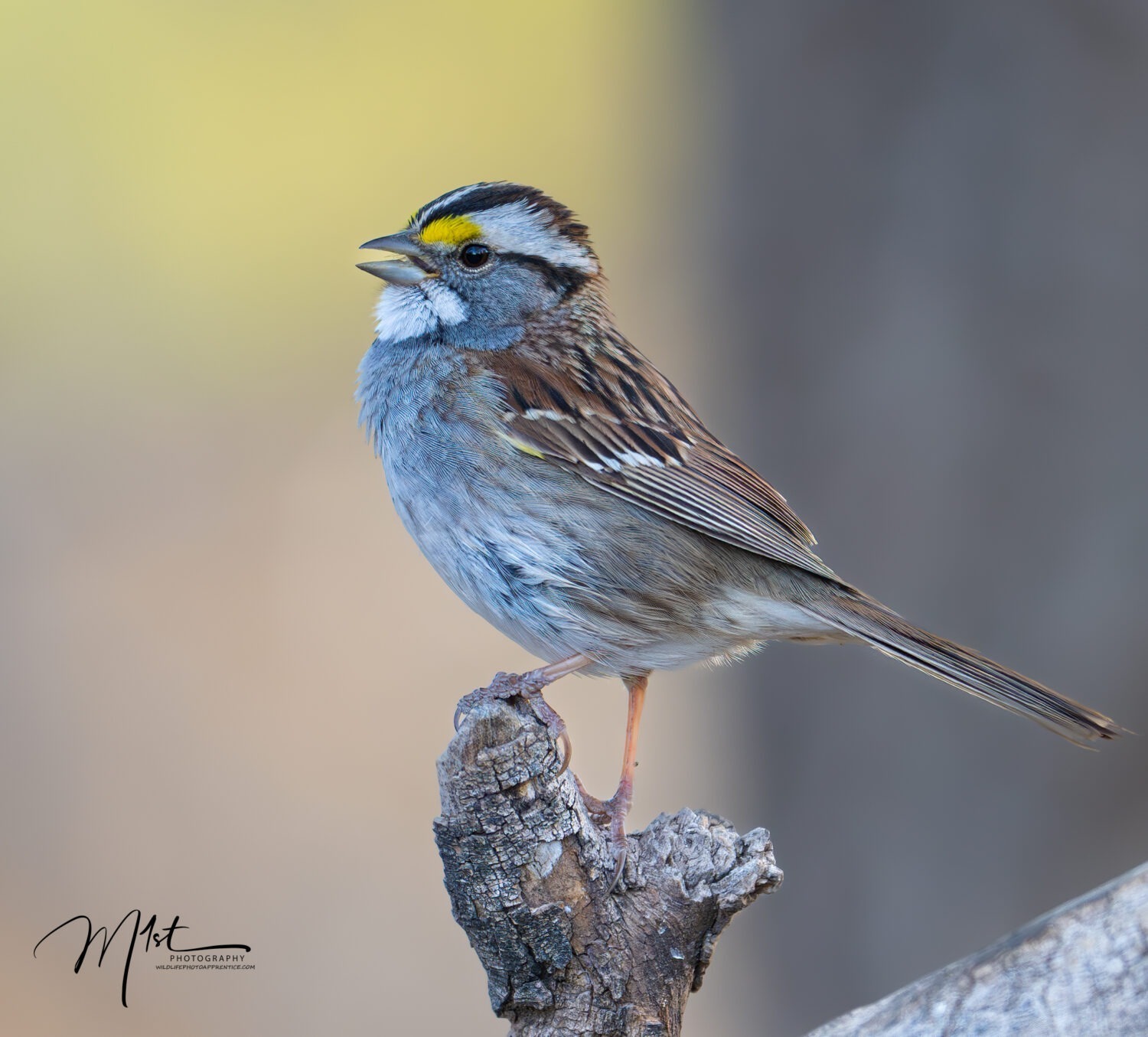
Birds can be found in various habitats, but specific birds often prefer specific habitats. For example, if you look for Osprey where there isn’t any water with fish then you are unlikely to find them. Research the best locations for bird photography in your area. Bird sanctuaries, nature reserves, and parks are often excellent choices. Visit these places during different seasons to capture the unique behavior and plumage changes that occur throughout the year. Use E-Birds as an online resource. No matter where you are in the world, if you check the E-Birds Hotspots map you can find current data about the birds being seen in your area by local birders. The information is accurate and timely.
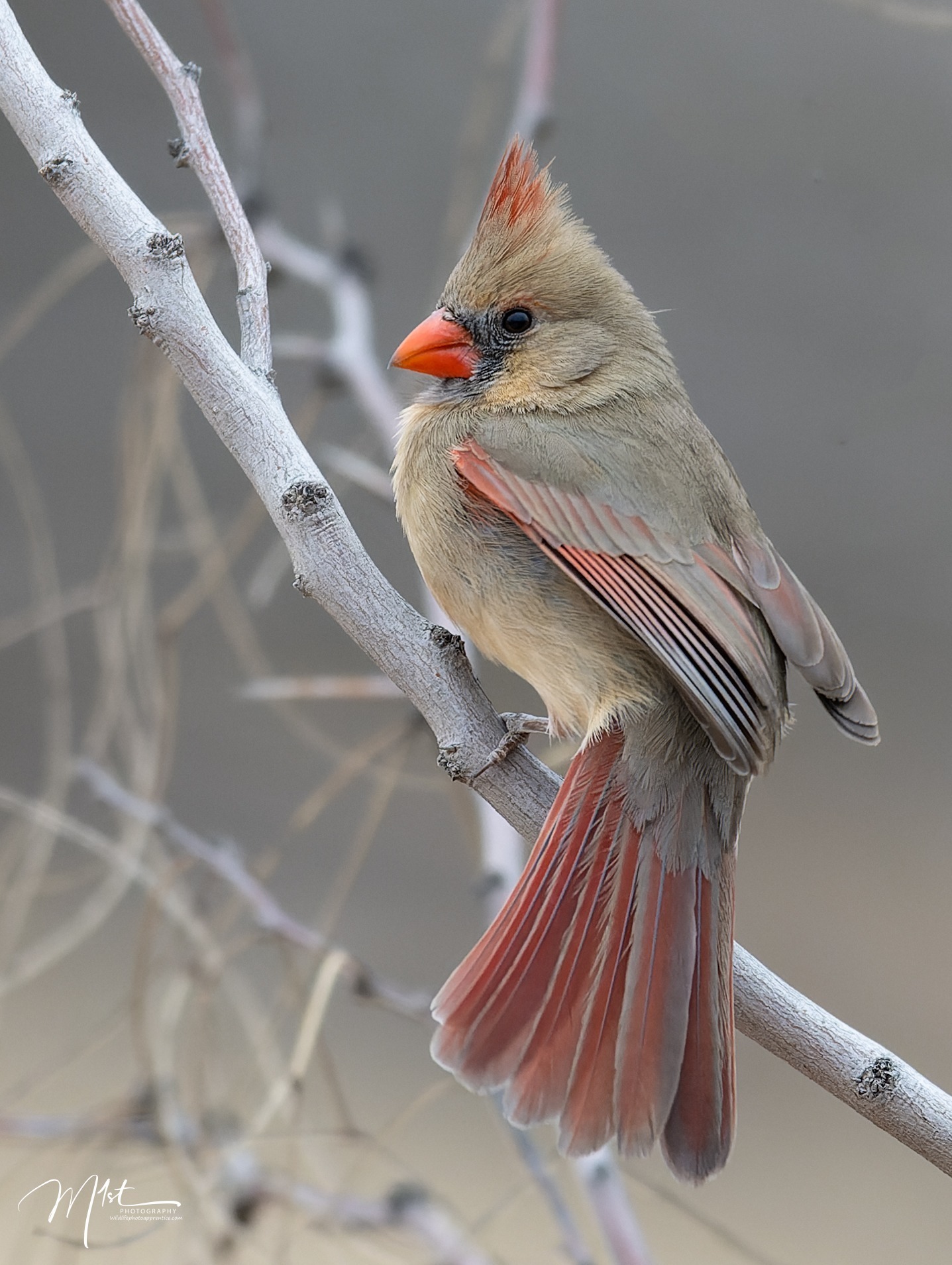
Invest in a good quality camera and telephoto lens to capture birds. Longer focal lengths allow you to photograph birds without disturbing them. A lens with a focal length of at least 300mm is recommended, but if you can afford it, a lens in the range of 400mm to 600mm will provide even better results. Zoom lenses are often a more economical choice, allowing you to cover more focal lengths with a single lens. Nikon’s new line of Phase Fresnel lenses offer a lighter more compact alternative to their larger and heavier telephoto cousins. A sturdy tripod or monopod will also help stabilize your shots, especially when dealing with long focal lengths. Newer mirrorless cameras have improved focusing abilities over older DSLRs which is very helpful when photographing small birds like finches or warblers.
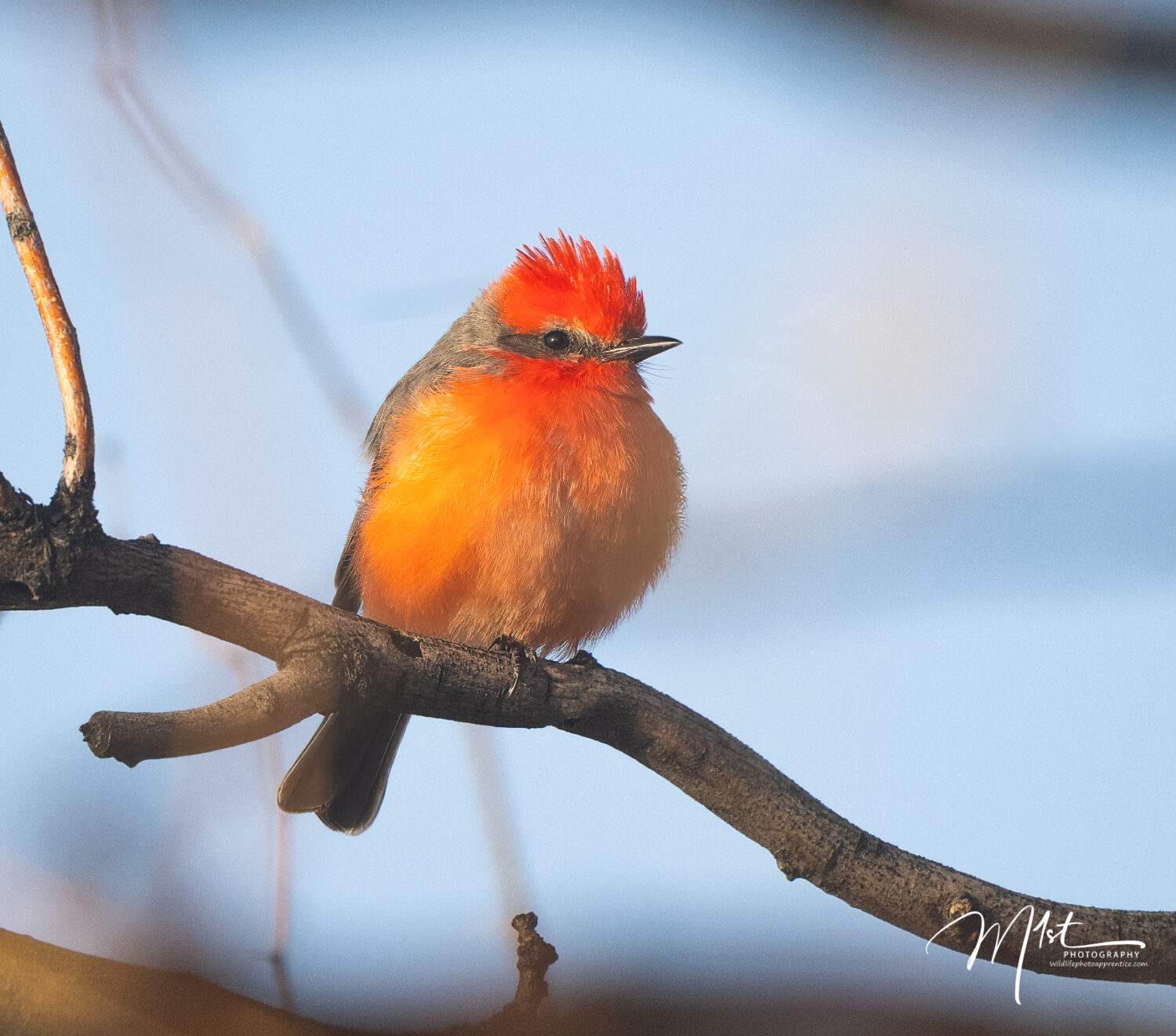
After obtaining the right equipment, consider these tips about how to use that equipment to get the best avian portraits. Choose a wide aperture (small f-number) to achieve a shallow depth of field, which will help isolate the bird from the background. This technique draws attention to the bird’s details while creating a pleasing bokeh effect. However, be cautious not to use an aperture that is too wide, as it might result in the bird’s body being partially out of focus. The eyes are the window to the soul, even in bird photography. Ensure the bird’s eye is sharp and in focus, as this brings life and connection to the image. Use single-point autofocus mode and position the focus point on the bird’s eye for precise focus. This technique enhances the overall impact and quality of the portrait. Adjusting your shutter speed allows you to control the visual impact of the bird’s motion. A fast shutter speed freezes the bird’s motion, capturing intricate details. This is ideal for portraits where you want to highlight the bird’s feathers and intricate patterns. On the other hand, a slower shutter speed can create a sense of motion, showcasing the bird’s flight or wing movement. Experiment with different shutter speeds to achieve the desired effect.
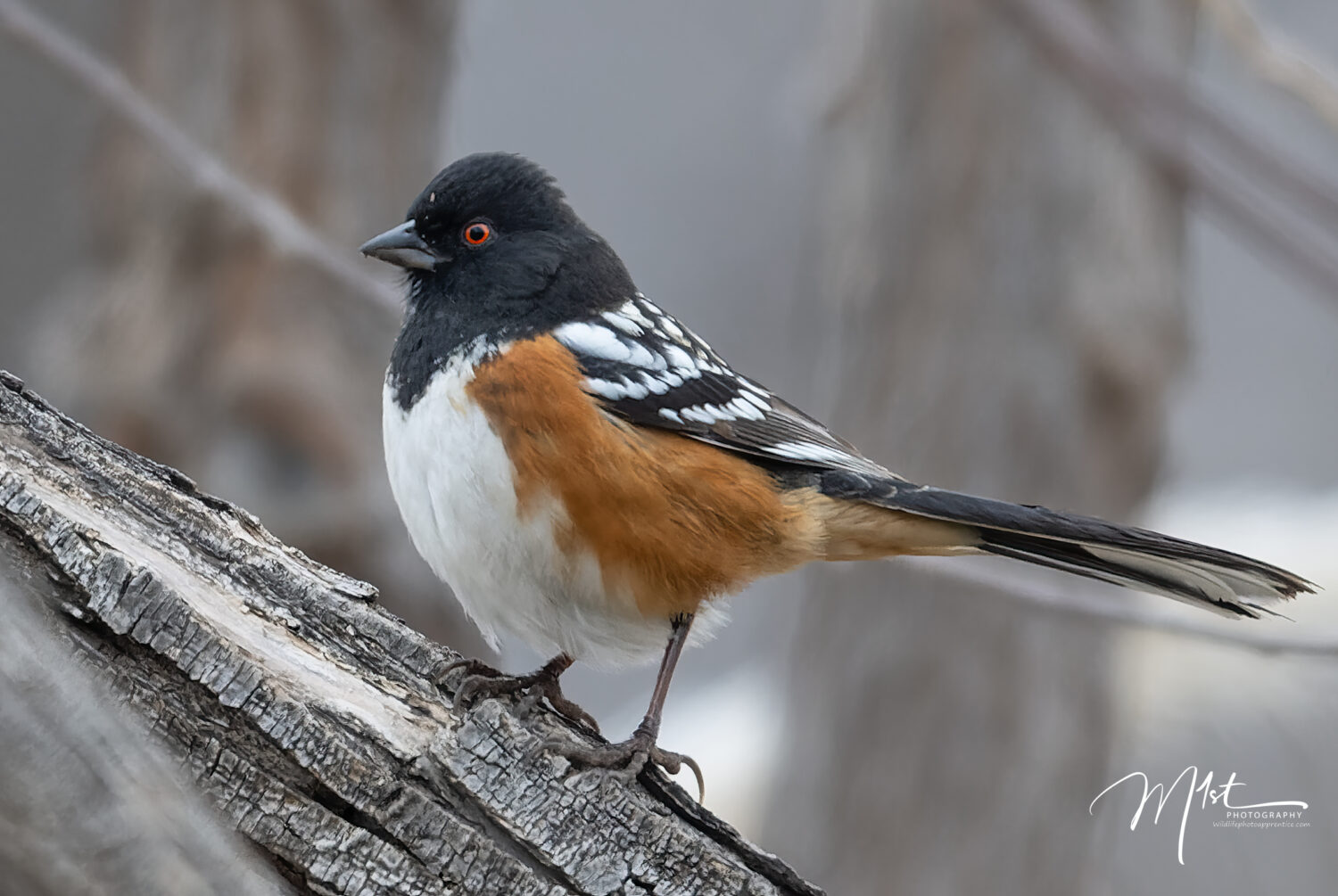
Apply compositional techniques to add visual interest and balance to your avian portraits. Experiment with the rule of thirds, leading lines, and framing elements to create a dynamic composition. Use the bird’s natural surroundings, such as branches or rocks, to lead the viewer’s eye toward the subject. Remember to leave enough space in the frame for the bird to “breathe” and give a sense of its habitat.
Look for unique poses and expressions that reflect the bird’s character and behavior. A bird in flight, with wings spread wide, or a bird engaged in preening or singing can make for striking portraits. Patience is key here, as you may need to wait for the right moment to capture these unique poses that showcase the bird’s personality.
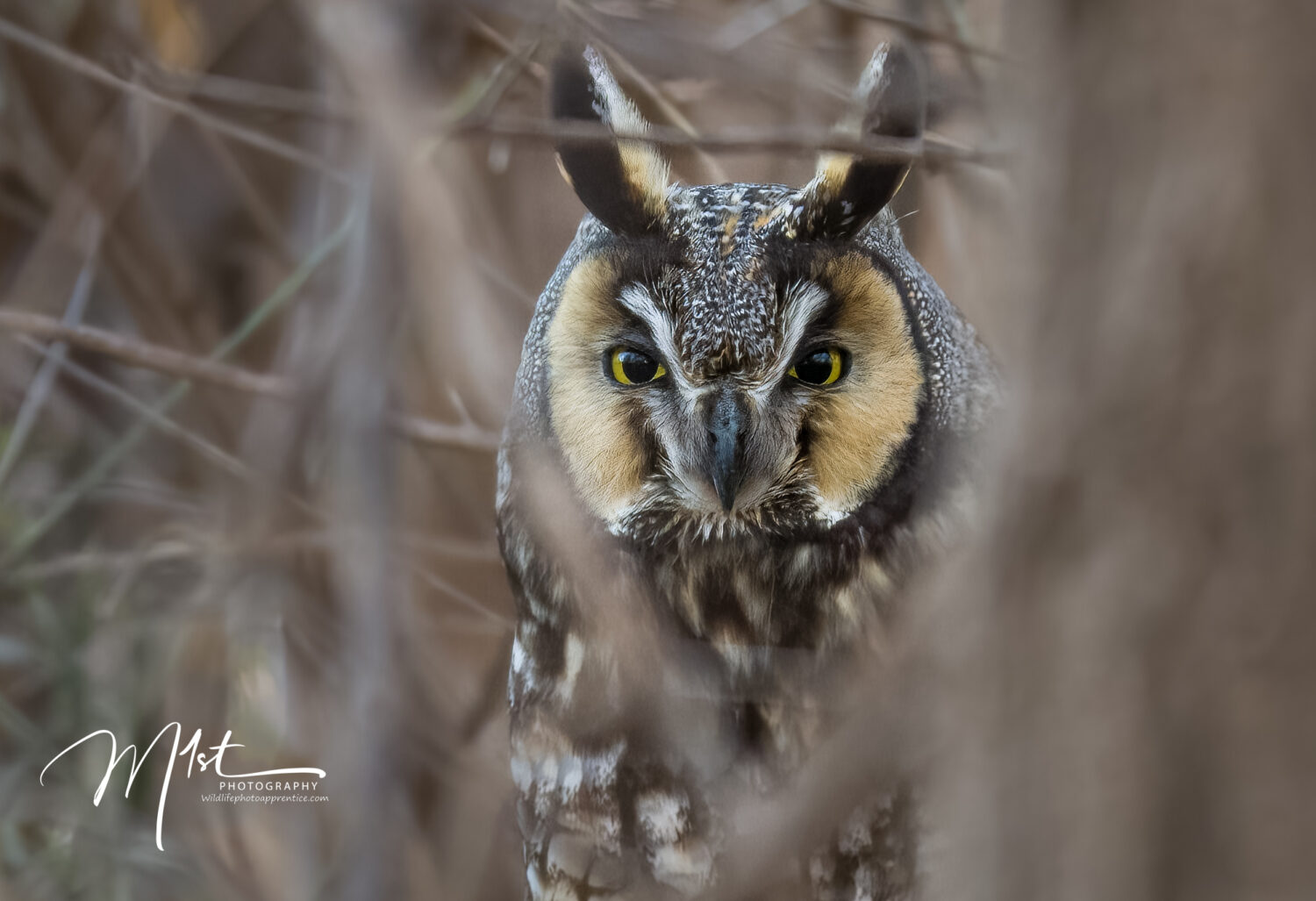
Take advantage of natural light to enhance the beauty of your bird portraits. Soft, diffused light, such as during the golden hours (early morning or late afternoon), can add warmth and a soft glow to your images. Avoid harsh midday sunlight, as it tends to create harsh shadows and overexposure. Use the direction of light to your advantage, emphasizing the bird’s features and creating depth in the image.
Post-processing can elevate your bird portraits to the next level. Make minor adjustments to enhance the image, such as fine-tuning exposure, increasing contrast, or selectively sharpening details. Avoid over-processing, as natural-looking images tend to
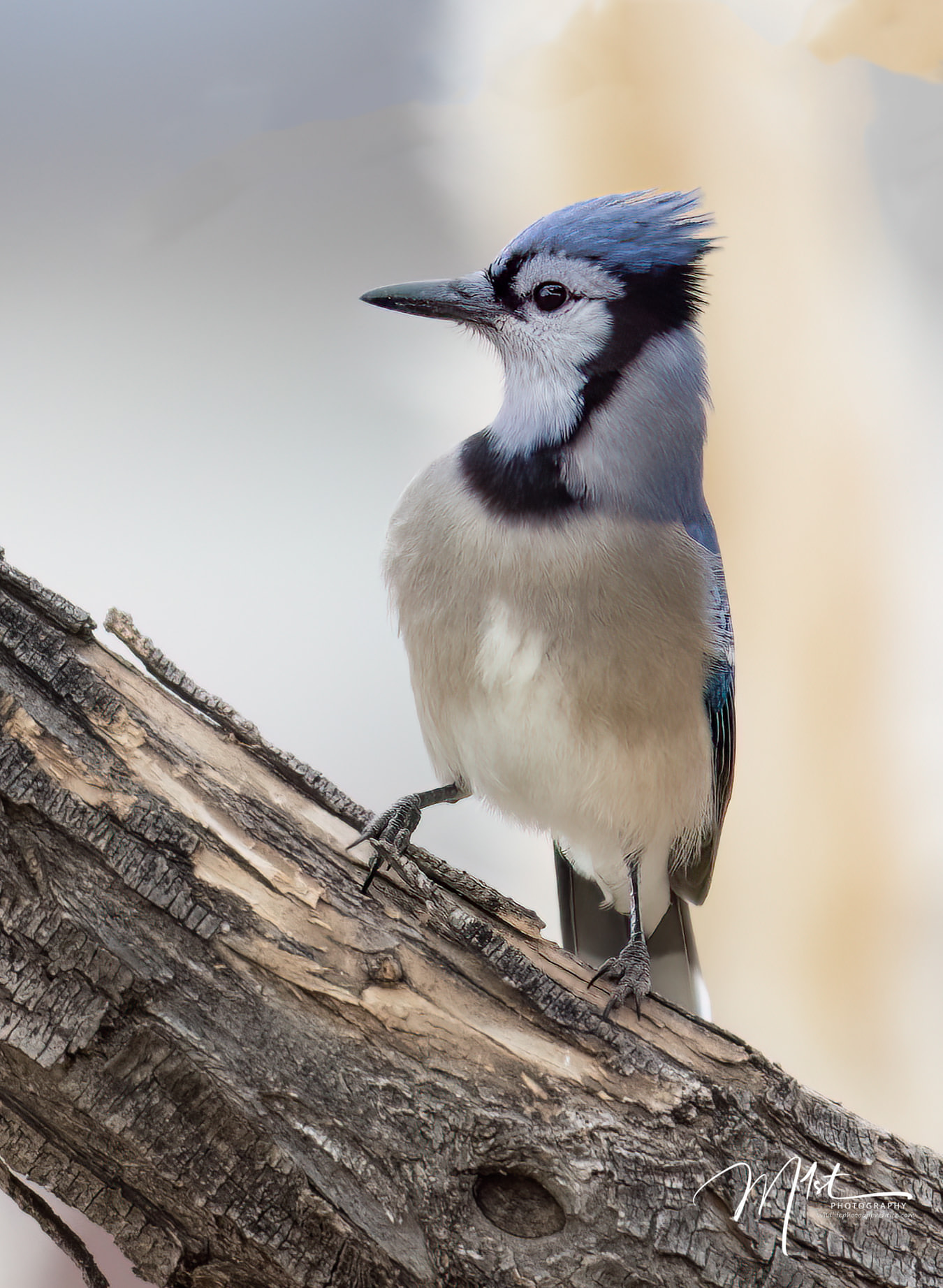
Photographing birds and capturing stunning avian portraits requires a combination of technical skills, artistic vision, and a deep appreciation for these remarkable creatures. By researching their behavior, using the right gear, and honing your photographic techniques, you can create captivating bird portraits that showcase their beauty, grace, and unique characteristics. Remember to respect their habitats and prioritize their well-being while pursuing your passion for bird photography. So grab your camera, venture into nature, and let your creativity soar as you embark on the exciting journey of photographing birds and immortalizing their enchanting presence through stunning avian portraits. Happy birding and happy shooting!
